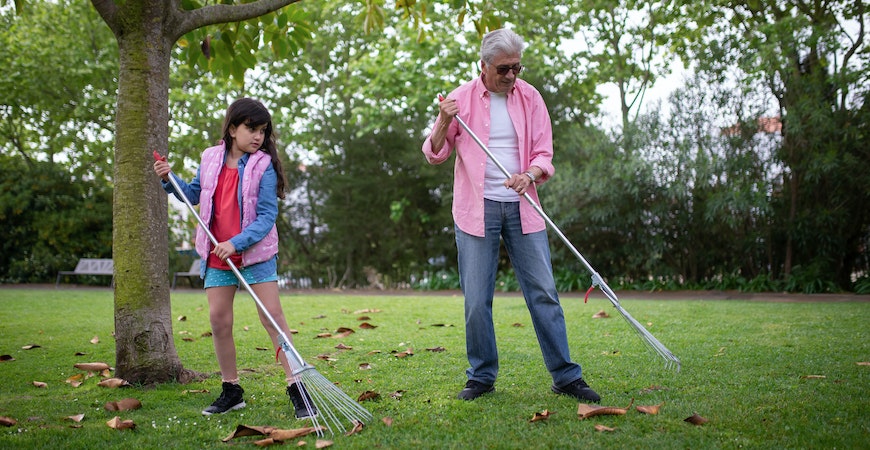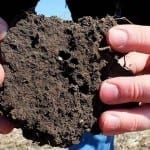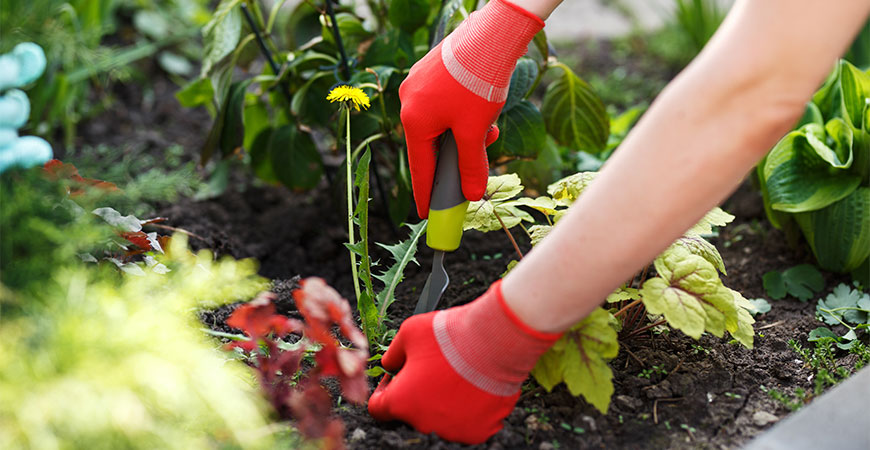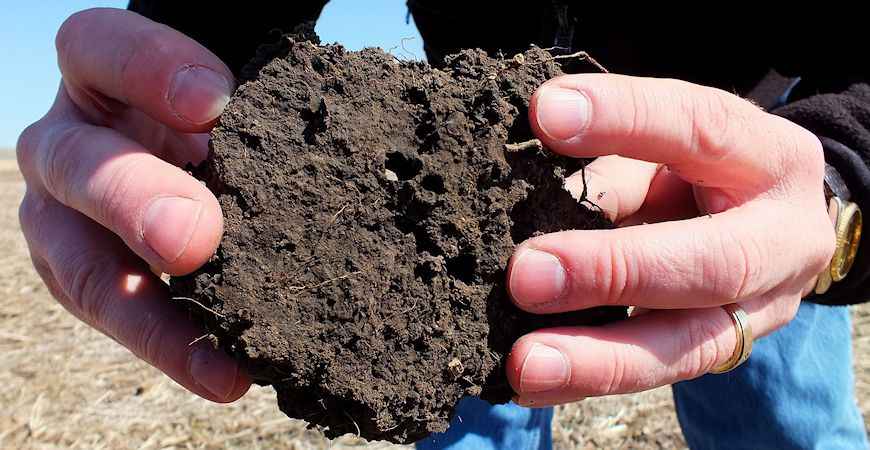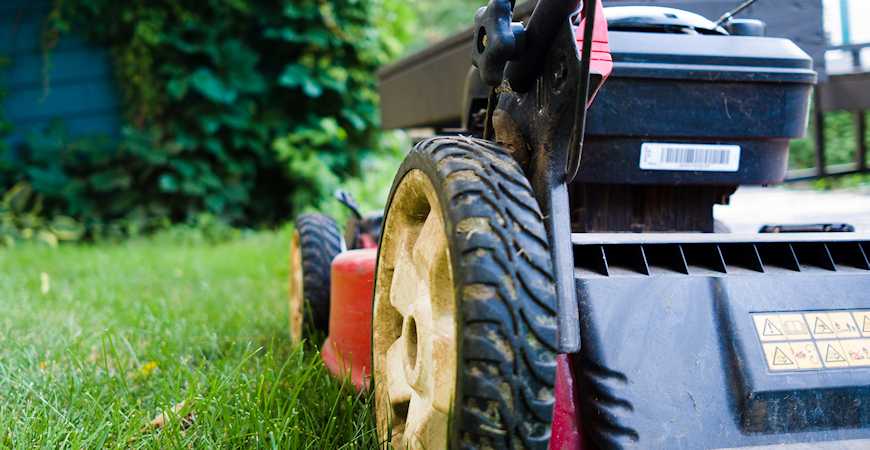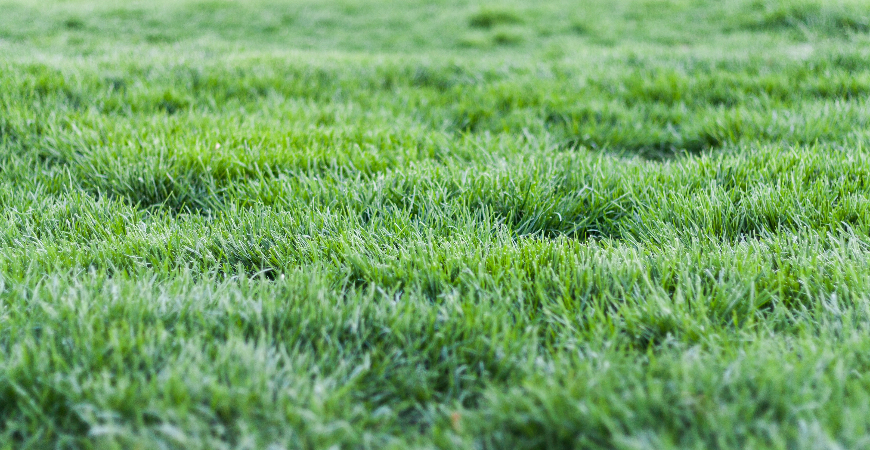
Winterize Your Lawn With Our Top Tips
Winter is coming.
Soon, we’ll experience temperature drops, snow deposits, and a severe lack of the sun’s warm embrace. Unfortunately, each of these seasonal features can leave your yard in a state of yuck come spring.
Fortunately, there is a way to set your landscape up for success once the thermometer reverses its downward trend.
When you winterize your lawn, you prepare it for what awaits during the colder months. That, in turn, makes it easier to get a jumpstart on spring blooms and help get your greenery growing.
So, make sure your yard is ready for winter by following our lawn winterization guide below.
Why You Should Winterize Your Lawn
Before we start listing off different ways of winterizing your yard, let’s talk about grass.
Most varieties of grass tend to be either warm-season growers or cool-season ones.
Warm-season grasses grow when temperatures are warmest: during the summer, plus or minus a few weeks on either end. On the other hand, cool-season grasses tend to thrive when temperatures are more mild, in spring and fall.
In either case, the grasses enter a state of dormancy during the winter months. However, that dormant period tends to be lighter for cool-season grass, as they’re merely waiting for spring before hitting their growing state again.
Winterizing with lawn fertilizer, especially with cool-season varieties, allows the grass root system to continue absorbing nutrients. Then, when temperatures start to climb, they’ve got enough stored energy to garner a growth spurt.
Of course, fertilizer isn’t the only component of winterized lawns. But each aspect of an effective lawn winterization plan focuses on keeping your yard ready for spring.
Much like how a bear will eat practically nonstop before hibernation, to winterize your lawn is to ensure it has the nourishment it needs to survive an extended period of low energy usage and non-growth. To forgo winterization is to wish for a yard that looks ragged, haggard, and jagged when spring arrives.
When to Winterize Your Lawn to Maximize the Benefits
Since the purpose of winterizing your lawn is to protect it through winter, it makes sense that you’d want to take on these tasks before winter arrives. Ideally, that means winterizing sometime before the first frost of the season.
In most locations in the United States, you should plan on prepping your yard sometime before November. For more specific dates, you can also check the Farmer’s Almanac website.
Depending on how big your yard is, you may find that winterizing isn’t a one-time task. Ongoing maintenance throughout fall can play a significant role in keeping your grass healthy.
While you’re getting your lawn ready for winter, make sure you also spend some time preparing your garden for the colder months.
How to Effectively Winterize Your Lawn
Winterizing your lawn is a process. It will take time, and if you want to go above and beyond, it can mean going out to purchase lime products, sulfur treatments, and pH tests.
And if your lawn is still struggling come spring, you should consider those extra steps during the next go around in the following fall.
However, to keep things simple, straightforward, and essential, we find that these five tasks are all that you need for adequate lawn winterization.
Clean Up Debris
We can make a case for leaving the dead leaves in your yard as they are. They offer some cover for the soil, help insulate the soil and beneficial insects, and may even add an autumnal ambiance that’s otherwise missing.
So, if you don’t mind a few piles of leaves on your lawn, it may be okay to leave your leaves alone.
On the other hand, a complete blanket of dead leaves can become an eyesore. They can also mix with rain, freeze into ice, and suffocate your lawn if not removed quickly in spring.
That means you may need to rake. You can also use a mulching mower to transform the fallen leaves into mulch to cover and protect your garden soil.
Remove Weeds
Beyond leaves, you’ll also want to take time to remove any weeds. Lingering weeds will be ripe to flourish when spring comes around, crowding out the grass and plants you’re actually intending to grow.
Weeding is a task that should be done at least somewhat continuously through spring, summer, and fall. If left to the last minute, you may find that you have more weeds than lawn once you start to winterize.
To make the task less stressful during your winterization process, take steps to identify and remove weeds all year long.
Cut the Grass a Final Time
Speaking of mowing, you’ll want to give your lawn throughout fall and one final time before winter.
Before mowing, raise the blade about a half-inch. Letting the lawn grow just a little bit taller will prevent it from becoming overly stressed while mitigating mold growth and other turf diseases.
And, as we mentioned in the previous section, you can use your last mow of the season to make mulch.
Aerate
Aeration improves soil health by allowing nutrients, moisture, and air to penetrate beneath the grass and reach deep into the soil. If you have a heavy thatch build-up or your yard experiences heavy foot traffic during the summer, this is an even more essential step for a healthy lawn.
To aerate, you can use a rake, plug aerator, or a pitchfork.
Fertilize
If you have cold-season grass, you must use a winterizing form of lawn fertilizer. These specialty formulas include higher concentrations of potassium and help stymie weed growth.
If you have warm-season grass, you probably should wait to fertilize until spring. Otherwise, you may encourage vulnerable growth that saps up sustenance before dying before temperatures start to rise.
Try not to overfertilize your lawn, too. Doing so can actually burn the lawn — which is essentially the opposite of what you’ve set out to do.
Winterize Your Lawn This Fall for a Bountiful Spring
Winterizing helps protect your lawn during winter months by ensuring it still has access to the nutrients needed to start growing when spring arrives. While it can be an ongoing process once you hit fall, an effective winterization plan is merely a time investment whose return is luscious, green grass.

